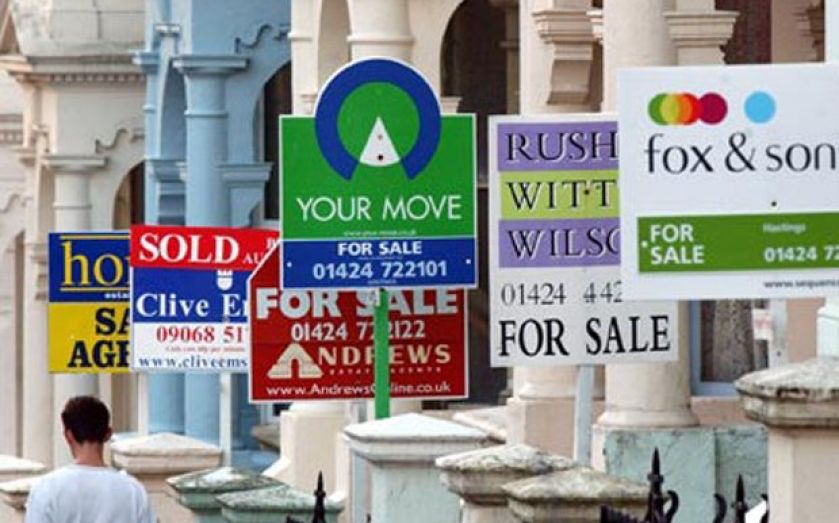Mortgage lending hits 2008 levels even before Help to Buy extension

THE HOUSING market had begun picking up steam even before the government rushed forward the next stage of its Help to Buy scheme, Bank of England figures showed yesterday.
In August, when lenders still believed that the latest set of mortgage guarantees would not be available until January, the number of mortgages approved rose to 62,226, the highest since February 2008. The second part of the scheme will now start within a week.
Many commentators have been critical of Help to Buy, suggesting that it will inflate prices without increasing the supply of housing.
The Centre for Economics and Business Research also released forecasts yesterday, predicting a 2.9 per cent increase in house prices this year, well above wages.
As chancellor George Osborne reiterated the government’s commitment to starting the scheme early in his speech yesterday, Mark Littlewood, director of the Institute for Economic Affairs, called for a rethink: “Rather than the dangerous Help to Buy scheme, the government should be focusing on why the cost of housing is so high in the first place.”
Sue Foxley of Cluttons added: “Increasing funding in the absence of new supply in the capital and the highly restricted residential areas in south east will hike-up prices well ahead of earnings and do little to alleviate renters’ fears.”
Despite the upswing in the housing market, business lending is still falling. Loans to non-financial firms fell by £3.8bn in August, down by 3.6 per cent on the same month last year.
“These figures are extremely disappointing and show that Britain’s business finance system remains broken,” said Adam Marshall of the British Chambers of Commerce. The Bank’s figures on the money supply were also released yesterday.
According to Simon Ward of Henderson, one measure of narrow money, M1, grew at its fastest rate in nine years. M1 grew by 11 per cent in the year to August, the fastest expansion since 2004.